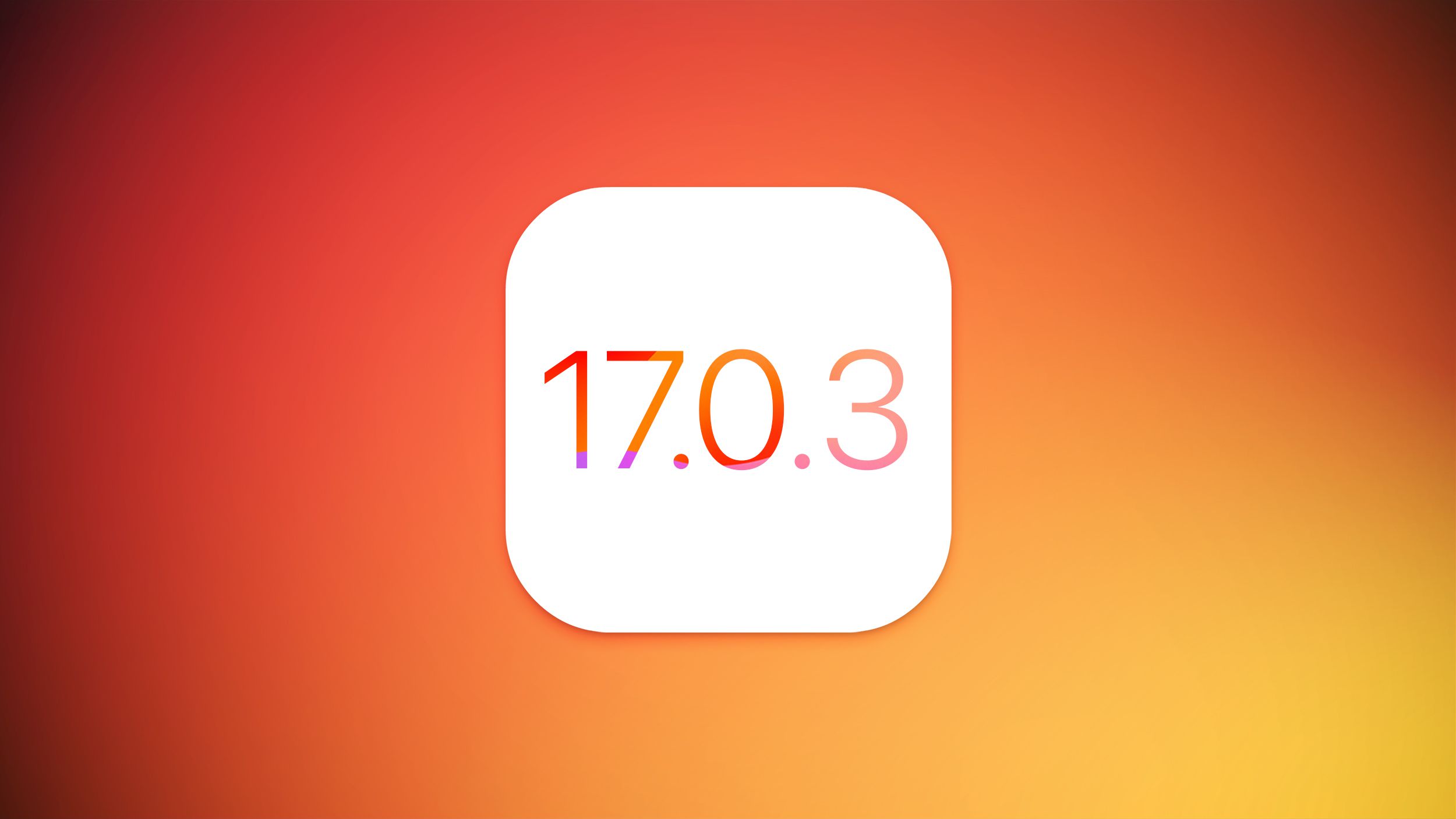Australia Introduces Draft Law to Regulate Digital Payment Providers
The Australian government has announced plans to introduce new legislation that would grant regulatory authority to the central bank to oversee digital wallet providers, including Apple Pay and Google Pay. Currently, these popular payment platforms are not classified as payment systems, which places them outside the purview of Australia’s financial regulatory system. This proposed move aims to bring them under the same scrutiny as credit card networks and other payment transactions, while also empowering the treasurer to assess potential risks posed by these platforms.
The Need for Regulation
The Australian government’s decision to regulate digital payment services stems from the desire to protect consumers, foster competition, and drive innovation in the rapidly evolving landscape of financial technology. The draft law aims to address the risks associated with unregulated digital payment services and ensure that the payments infrastructure and regulatory framework keep pace with the advancements in the country’s digital economy.
According to a report by the Australian Banking Association, there has been a significant shift in payment preferences in recent years, with mobile wallet transactions surging to 2.4 billion in 2022 from 29.2 million in 2018. This phenomenal growth necessitates updated regulations to safeguard the interests of consumers and maintain a fair and competitive market.
Expanding the Definitions
To effectively regulate digital payment providers, the proposed legislation seeks to expand the definitions of “payment system” and “participant” in Australia’s existing laws. These expanded definitions will enable the Reserve Bank of Australia (RBA) to monitor digital wallet payments more comprehensively and ensure that they adhere to the same standards as traditional payment systems.
Opposition from Apple and Google
Apple and Google have expressed their opposition to being designated as payment providers under the new legislation. They argue that their platforms are merely facilitators, as customers use their phones to make payments with cards issued by banks. Apple declined to comment on the draft law, referring to a submission it made to the treasury in July, where it emphasized the limited, indirect role of digital services in the payment system. Google has not yet responded to requests for comment.
Seeking Feedback and Timeline
The Australian government has invited stakeholders to provide feedback on the draft legislation until November 1. Once the consultation period concludes, the legislation is expected to be introduced to parliament later this year. This timeline reflects the government’s commitment to addressing the regulatory gaps in the digital payment landscape promptly.
Conclusion
The Australian government’s move to introduce laws that empower the central bank to regulate digital wallet providers demonstrates its commitment to ensuring consumer protection, promoting competition, and fostering innovation in the financial technology sector. By bringing platforms like Apple Pay and Google Pay under regulatory oversight, the government aims to create a level playing field and enhance the safety and efficiency of digital payment transactions in Australia’s evolving digital economy.
As the proposed legislation undergoes further scrutiny and potential amendments, it will be essential to strike a balance that encourages innovation while safeguarding the interests of consumers and maintaining a competitive market. The feedback received from stakeholders during the consultation process will play a crucial role in shaping the final legislation and forging a regulatory framework that aligns with the needs of all stakeholders involved.




